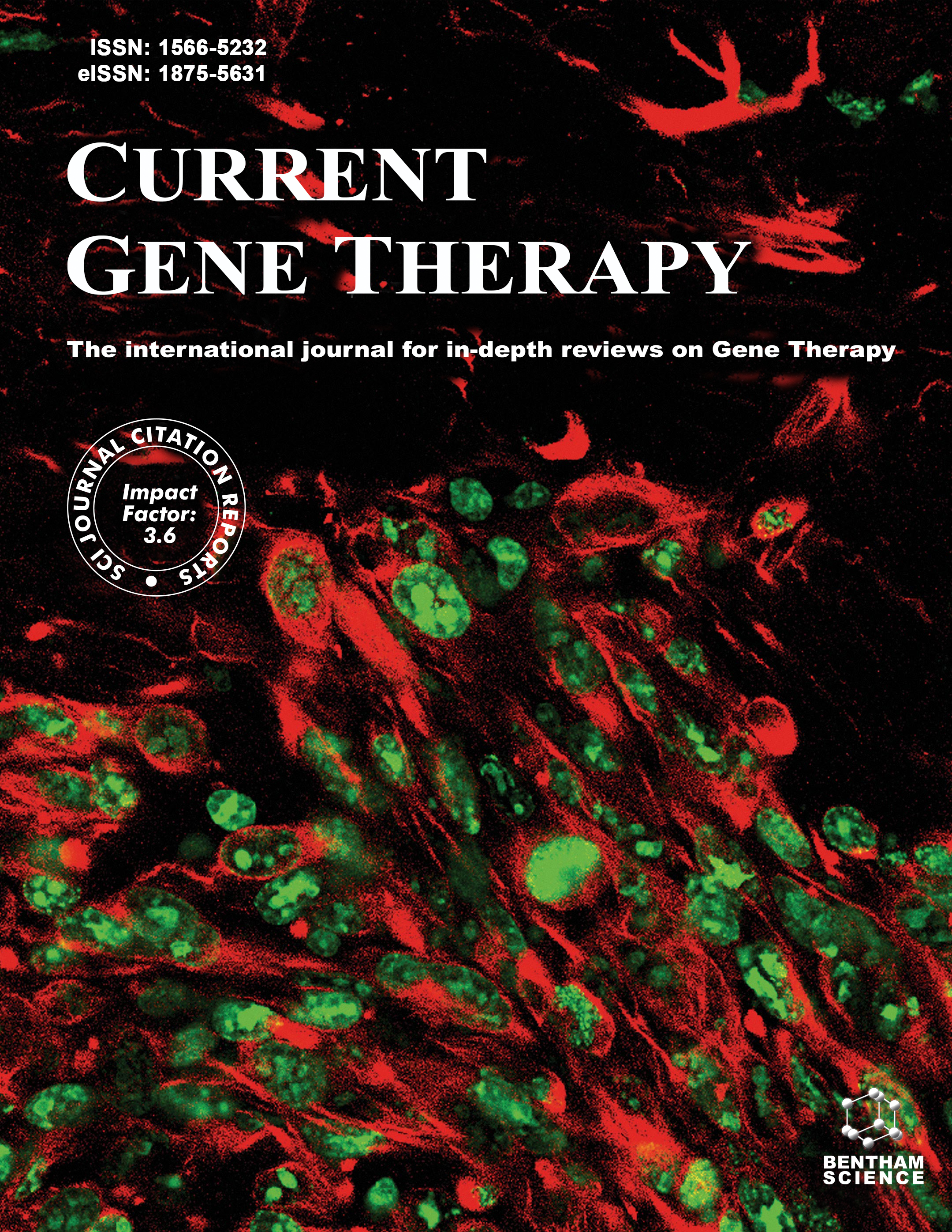
Full text loading...
Significant variations in immune profiles across different age groups manifest distinct clinical symptoms and prognoses in Coronavirus Disease 2019 (COVID-19) patients. Predominantly, severe COVID-19 cases that require hospitalization occur in the elderly, with the risk of severe illness escalating with age among young adults, children, and adolescents.
This study aimed to delineate the unique immune characteristics of COVID-19 across various age groups and evaluate the feasibility of detecting COVID-19-induced immune alterations through peripheral blood analysis.
By employing a machine learning approach, we analyzed gene expression data from nasopharyngeal and peripheral blood samples of COVID-19 patients across different age brackets. Nasopharyngeal data reflected the immune response to COVID-19 in the upper respiratory tract, while peripheral blood samples provided insights into the overall immune system status. Both datasets encompassed COVID-19 patients and healthy controls, with patients divided into children, adolescents, and adult age groups. The analysis included the expression levels of 62,703 genes per patient. Then, 9 feature-sequencing methods (least absolute shrinkage and selection operator, light gradient boosting machine, Monte Carlo feature selection, random forest, ridge regression, adaptive boosting, categorical boosting, extremely randomized trees, and extreme gradient boosting) were employed to evaluate the association of the genes with COVID-19. Key genes were then utilized to develop efficient classification models.
The findings identified specific markers: insulin-like growth factor binding protein 3 (downregulated in the peripheral blood of COVID-19 patients), interferon alpha-inducible protein 27 (upregulated), and SERPING1 (upregulated in nasopharyngeal tissues). In addition, fibulin-2 was downregulated in adolescent patients, but upregulated in the other groups, while epoxide hydrolase 3 was upregulated in healthy controls, but downregulated in children and adolescents.
This study offers valuable insights into the local and systemic immune responses of COVID-19 patients across age groups, aiding in identifying potential therapeutic targets and formulating personalized treatment strategies.

Article metrics loading...

Full text loading...
References


Data & Media loading...
Supplements

